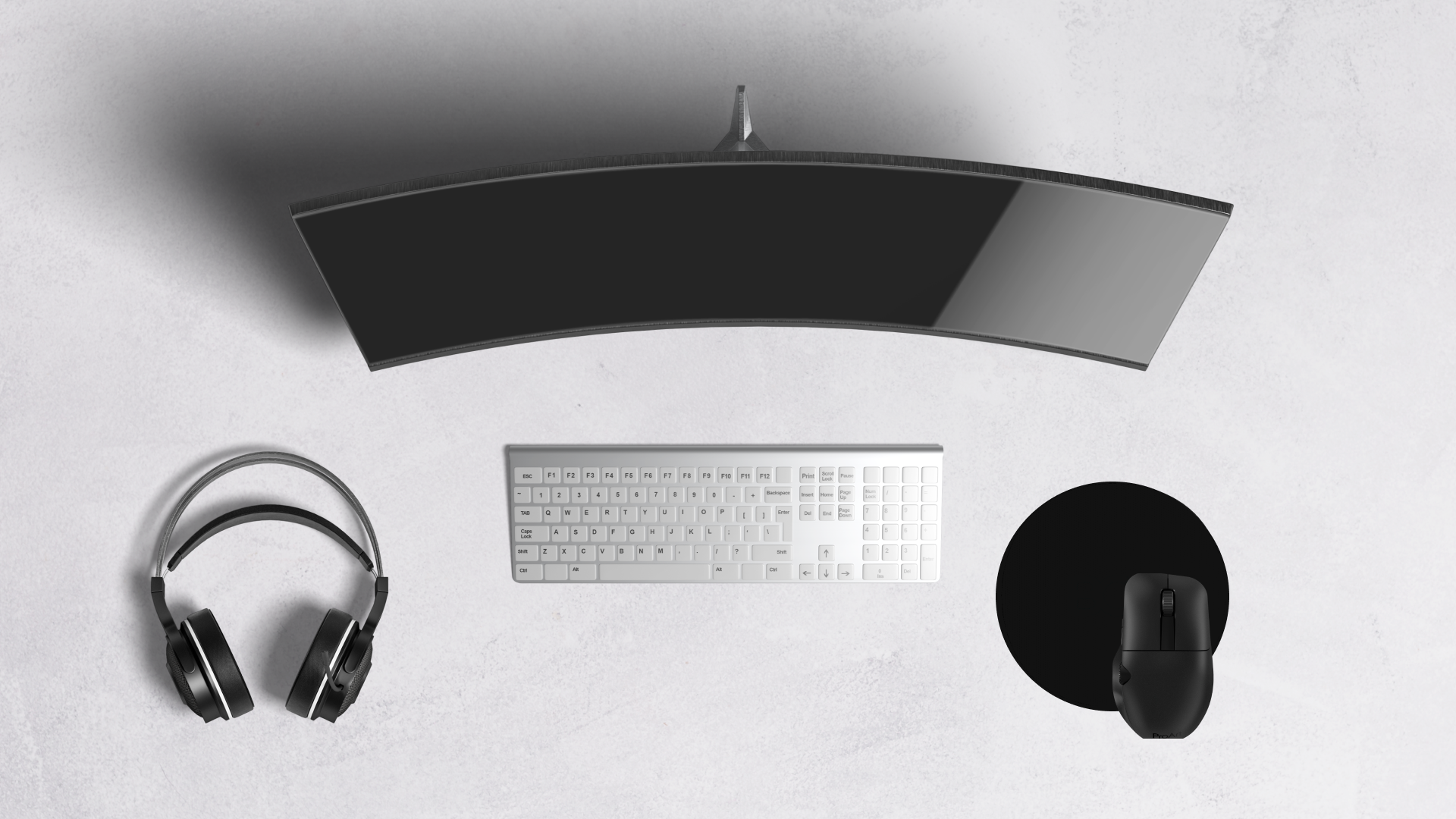
Hybrid Ways of Working program
PROJECT TYPE
Service Design, UX research
YEAR
2021
Problem statement: The project aimed to gauge employee satisfaction and experience with company-provided digital enablement/productivity kits in a hybrid work model.
Process: To address this goal, a team of UX consultants and I conducted UX research through surveys and generative user interviews with employees at the firm. These research methods were employed to gain a comprehensive understanding of their firsthand experience with the kit. Following the data collection phase, we dedicated time to analyzing the research findings. This involved examining the responses, identifying patterns, and extracting actionable user insights and themes. The analysis process allowed us to distill the feedback and observations into valuable information that could guide future improvements.
Solution: Through UX research and analysis, we were able to generate actionable user insights and themes. These findings provided valuable knowledge to the organization, enabling them to enhance the digital enablement/productivity kits based on the specific needs and preferences of the employees. By addressing the identified pain points and incorporating the suggested improvements, the aim was to improve the overall employee experience and satisfaction in the hybrid work model.
Welcome Emails
A set of employees were sent out a “Welcome email” where they were informed that they were going to receive digital enablement kits as a part of the Hybrid ways of Working program. They were asked to order a list of equipment, free of charge, and test them out. Over the course of six months, employees reached out to us with different issues/questions they encountered in the process.
I spent time tagging their emails into themes. Examples: Broken equipment, order confirmation, missing items in the kit, kit eligibility, etc. I also recognized some painpoints that stood out from the emails and tagged them with the employee’s designation, whether they were a new hire/ existing employee, and theme. Based on this, I started deriving insights.
Surveys
Survey 1
After a month and a half of sending the welcome email, the same set of employees was sent out Survey 1 where they were asked questions about their level of understanding of the HWoW program, first impression on the welcome email, their satisfaction with the kit options, thoughts on FAQ documentation
Once again, I spent some time looking into themes of this survey and notes down the insights from this survey.
Survey 2
Sometime after survey 1, we sent out survey 2 to learn more about the service design aspect of the kit. We wanted to ask employees about their experience actually using the kit - their process of choosing/ picking kit items, ordering, shipping, equipment set up and unboxing, and equipment usage. We wanted to learn more about the “moments that mattered” to them- what worked well/ what didn’t and how their experience could’ve been improved.
Survey 1 & 2- Equipment Wishlist
As more and more people filled out the surveys, the team started noticing a pattern in people’s equipment wish list i.e. additional equipment people requested for/ would like to see as kit options. The majority of people stressed the importance of:
Portable keyboard and mouse
Large screen monitors
Ergonomic options (chairs, standing desks, pads dor peripherals)
USB hubs/ docking stations
Back up cords and chargers
Interviews
Interview planning
Based on the insights from surveys 1 and 2, the team compiled a journey map where we recognized a list of pain points at different parts of the journey- right from choosing the kit to using it. Referring to these pain points we recognized- we ideated on the key questions to ask our users to learn more followed by probing questions as shown below.
Interviewing candidates
The team and I recruited users for our interviews by asking employees at the end of survey 2 if they would like to be interviewed. Any respondents who agreed were added to our list of potential interviewees. After we collected a comprehensive list of all our candidates, we added their details and responses during their surveys.
Based on their answers, we decided which candidates would be valuable to interview. After shortlisting the interviewees, we gave each of them an “interview flavor.” This helped us categorize interviews into equipment-focused or service design focussed based on the candidates’ answers in their interviews and any email threads we already had with them post ordering the kit (if there were any). In the end, we picked 16 candidates to interview.
Interview insights
After interviewing our 16 interviewees, I looked back on all the notes I had taken during our interviews and began breaking down and mapping out answers to each question in the interview script.
Once again, to identify patterns in our answers, I tagged stickies based on the interviewees’:
Name
Job title/ role
Client facing versus internal-facing
New hire versus existing employee
Interview question category
I also included any other relevant tags that could be used to identify the answers.
The insights are shown below.




Interview analysis
The team and I worked on creating macro and micro themes for the interview insights shown above to come up with categories for our insights.







